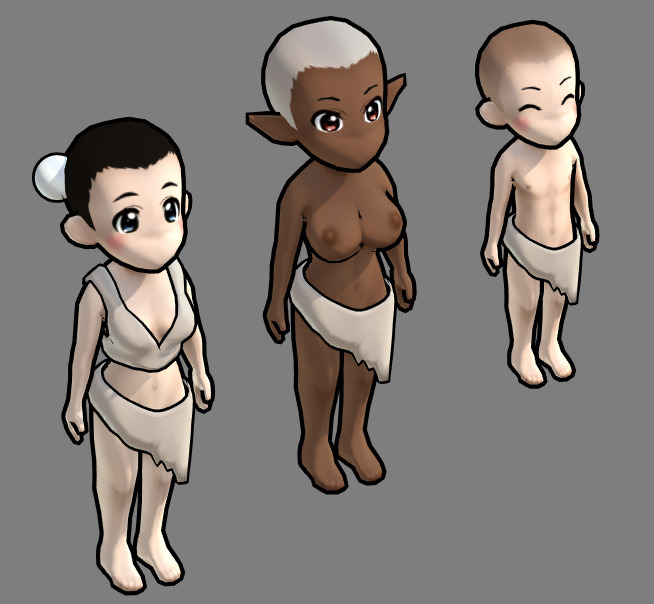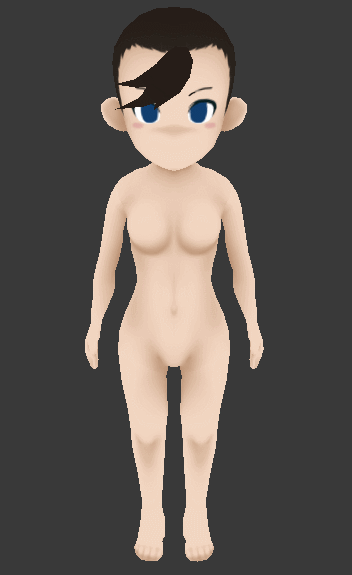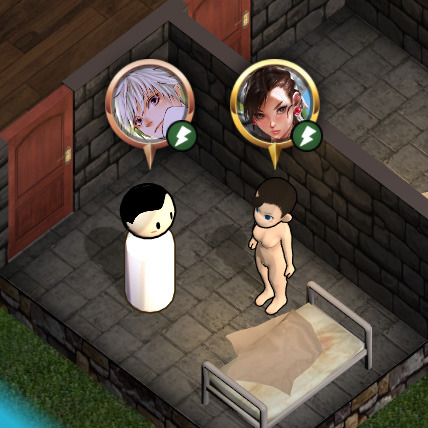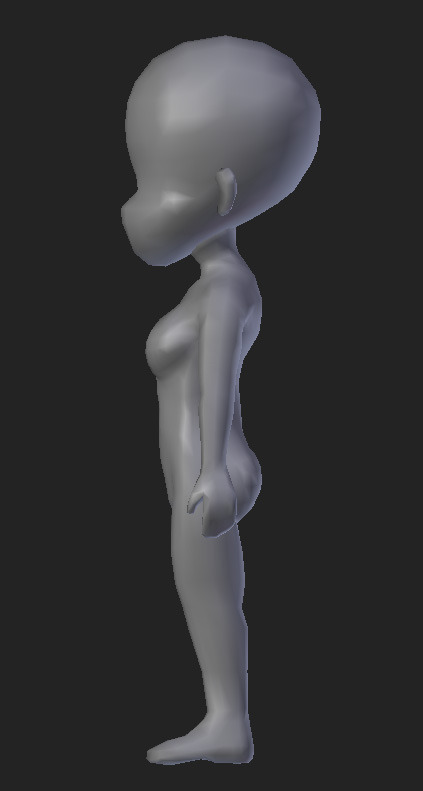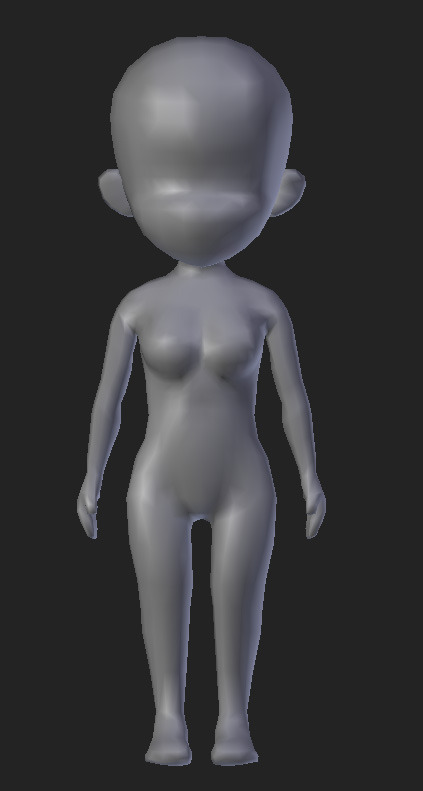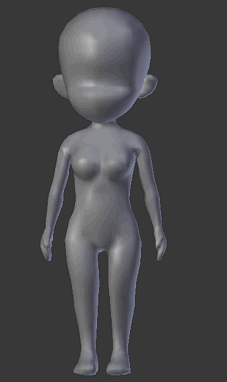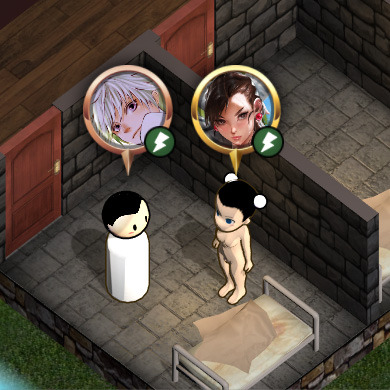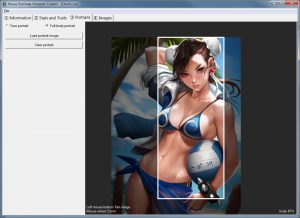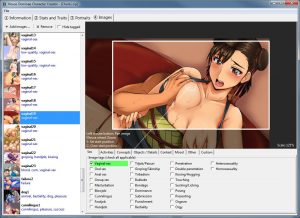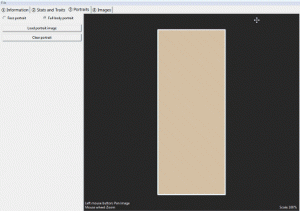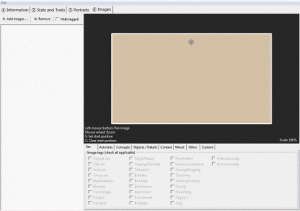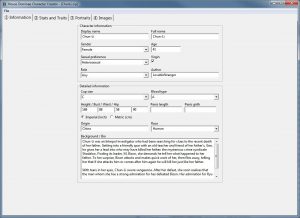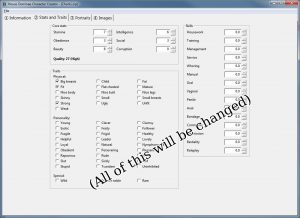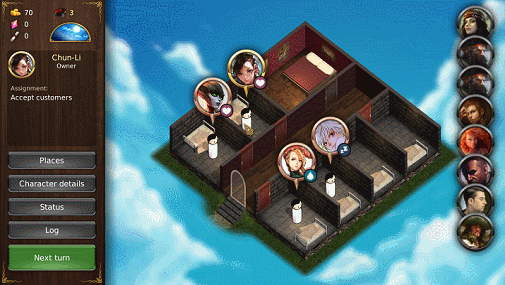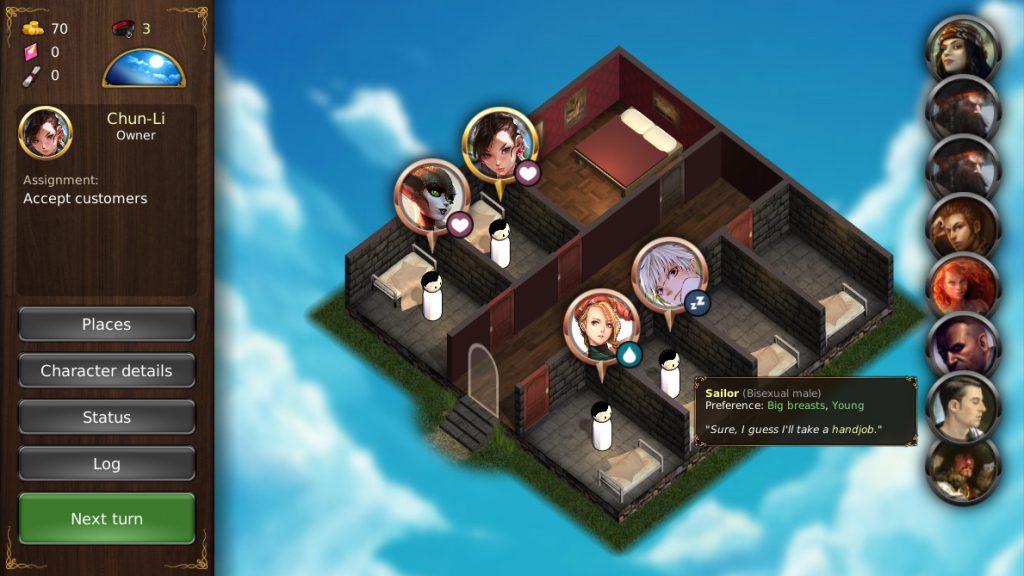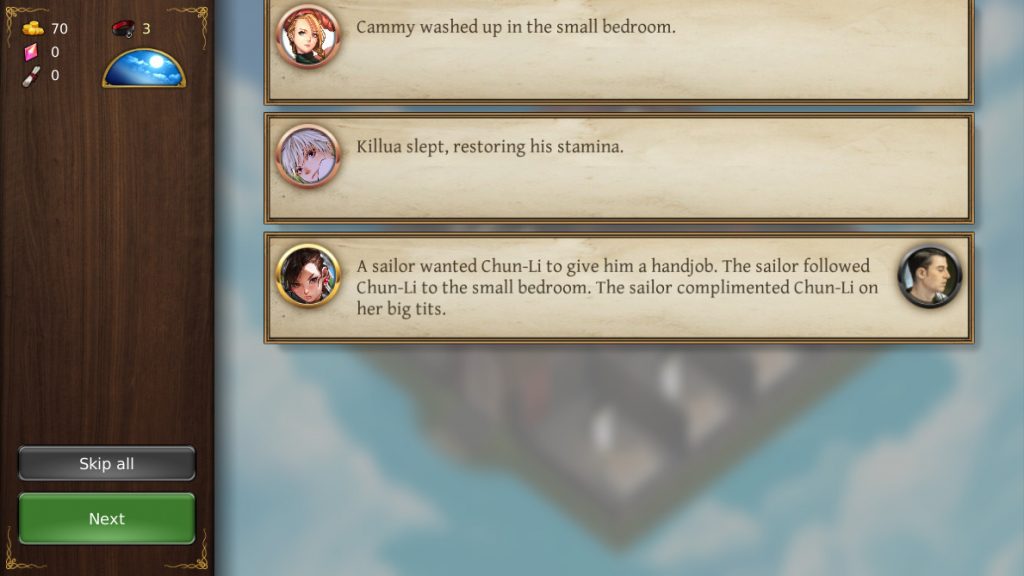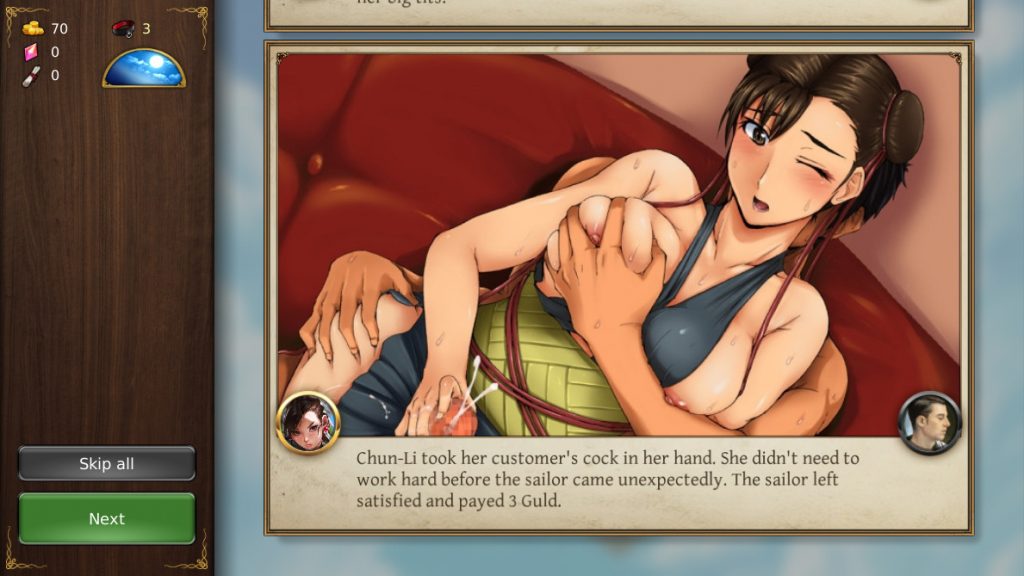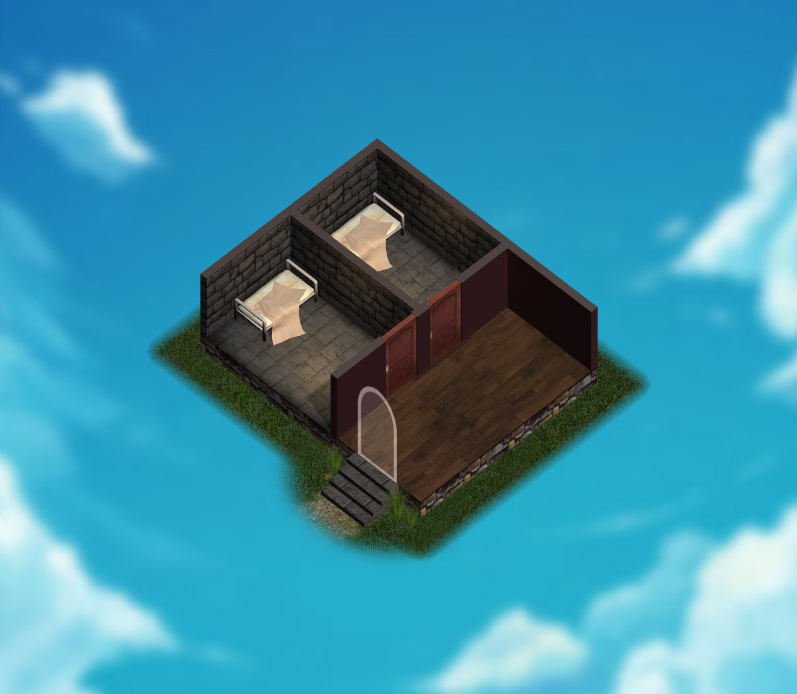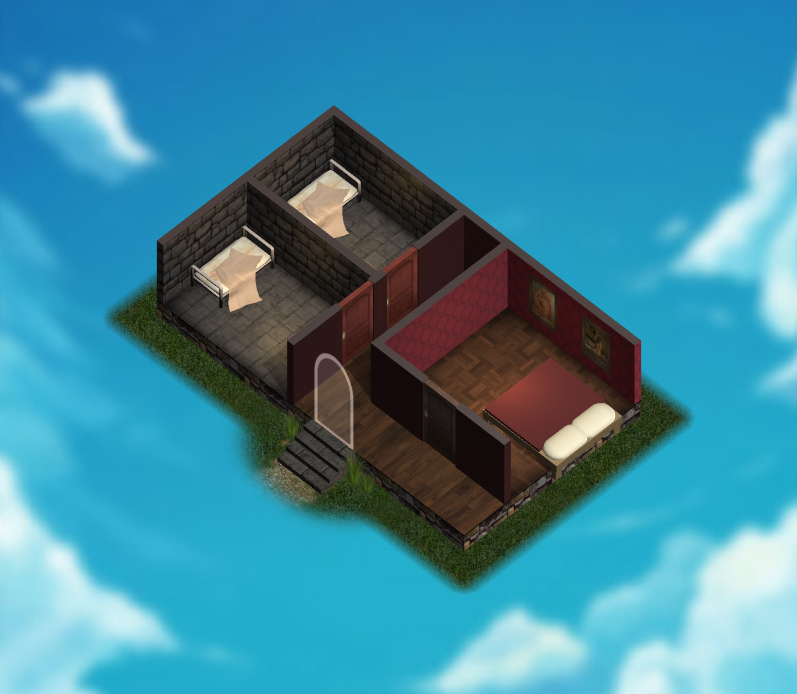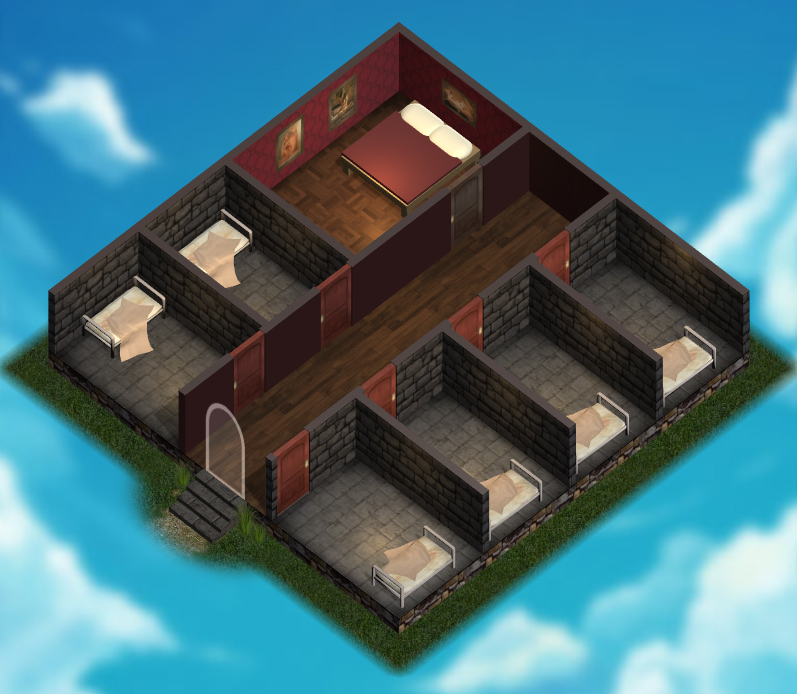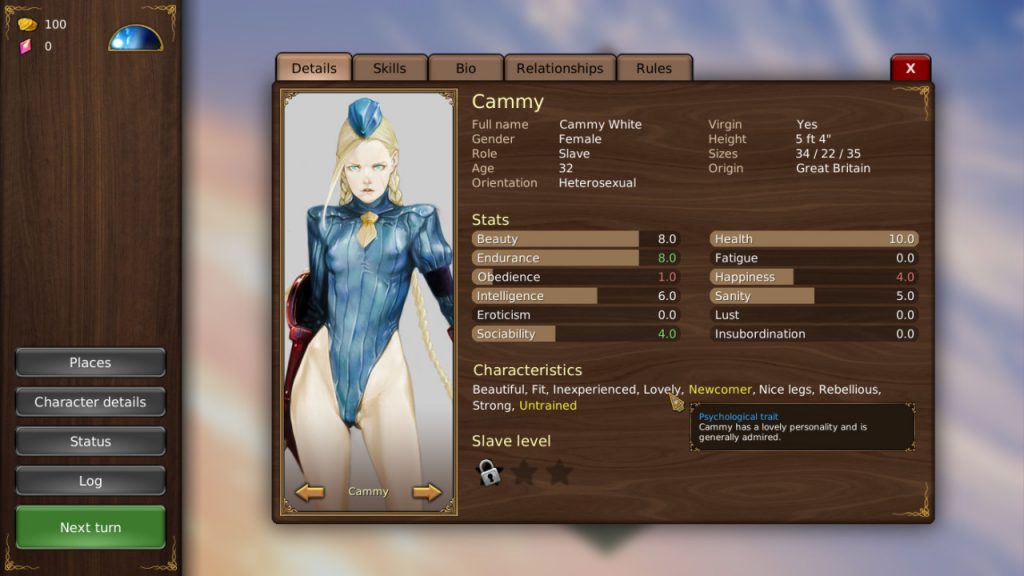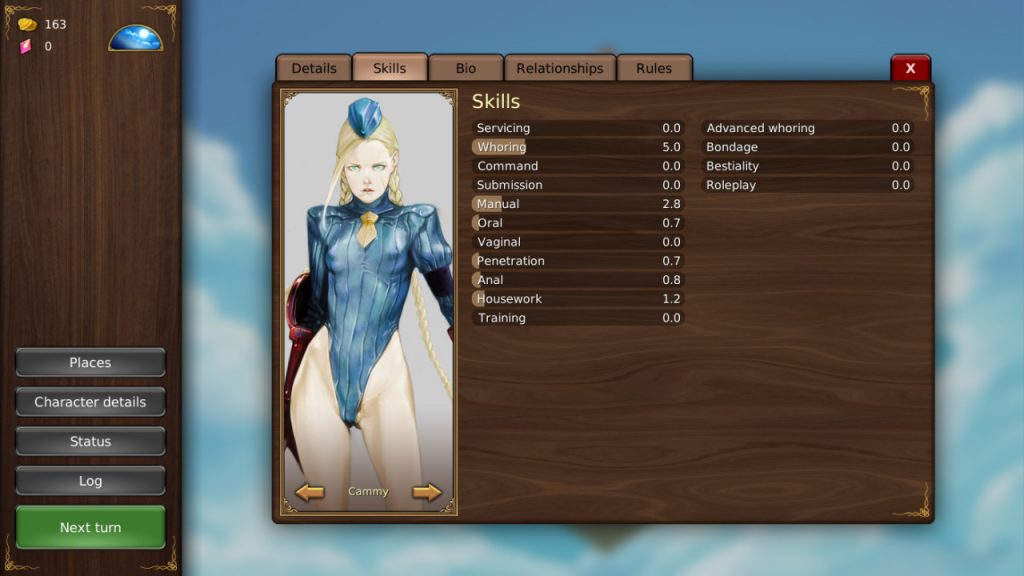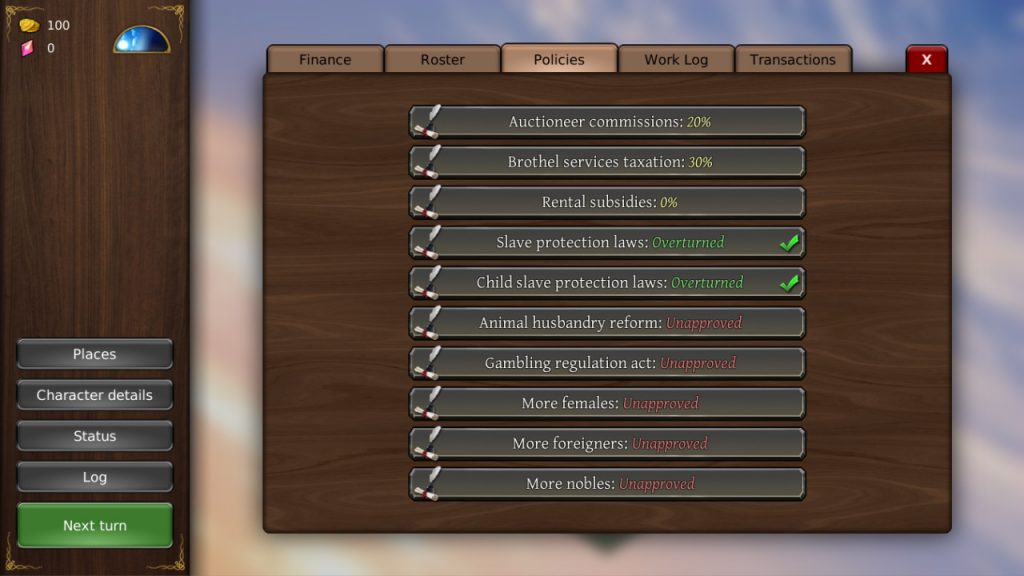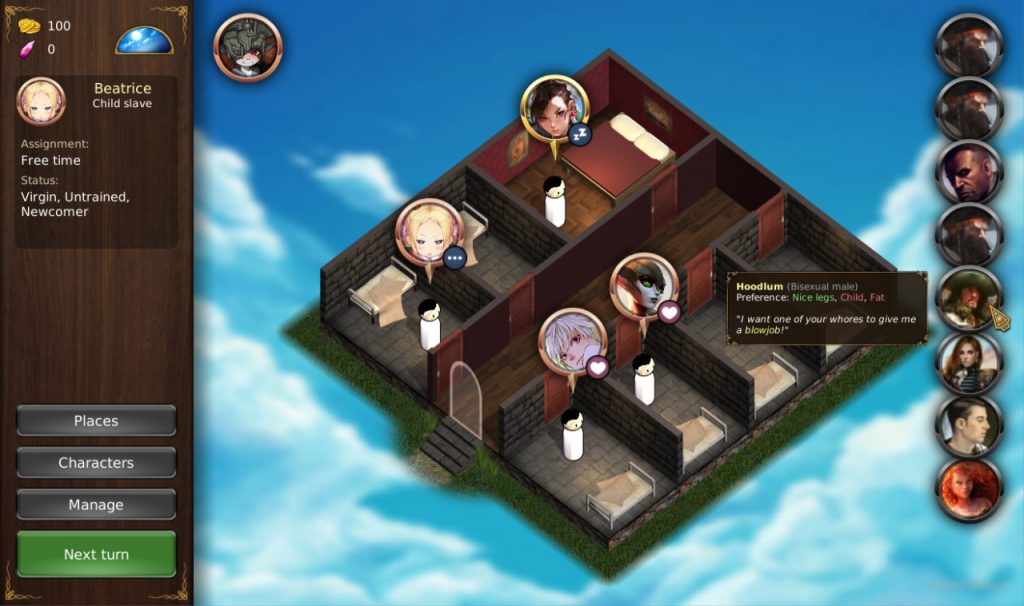I’ve been playing two new games recently,
Yakuza 0, and SoldGirl Town. The latter is a straight-up sex slave simulator while Yakuza has an action-adventure game with an optional “mini-game” where you run a hostess club.
These two games are obviously wildly different, but they share a common element, and that is how the player is tasked with matching girls with customers.
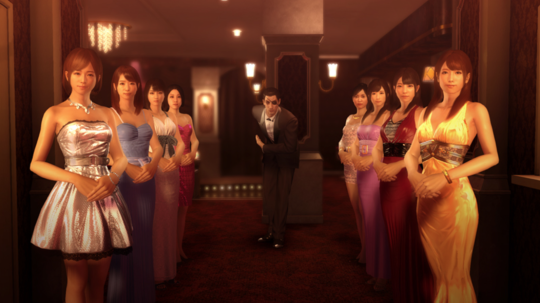
So far I’ve gone out of my way to hide numbers from the player. At any point where I do show numbers I always try to associate it with a word, to at least give the player a chance to ignore the underlying math.
The thing that I have come to realize is that sometimes it does makes sense to expose the raw numbers, in order for the player to better understand the rules and make educated decisions, and to form plans. So I think I may need to relax the roleplaying part of House Dominae on behalf of the simulation game part.
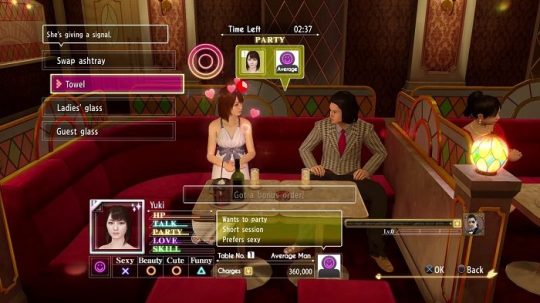
Yakuza’s system is simple and easy to understand. Customers drop in with random values in three stats:
- Primary preference (Talk, Party, Love, Skill)
- Secondary preference (Sexy, Beauty, Cute, Funny)
- Money on hand (Poor, Average, Wealthy, etc…)
The primary and secondary preferences directly correlates with stats for each girl and the player must match the best girl for all customer, (or save them for higher paying customers.)
The customer may get annoyed and leave if you give them a bad match. The secondary preference isn’t as important but it helps to make the customer spend more money. Wealthy customers have higher demands than poor customers, but they spend a lot more.
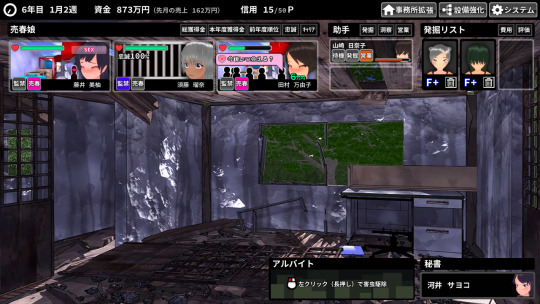
I haven’t played a lot of SoldGirl Town yet, and it took me a couple of attempts to break through the language barrier, but I think I’ve gotten a pretty good early grasp at its system.
In SoldGirl you kidnap girls and force them to work as sex slaves. Each girl has three key stats:
- Appeal
- Technique
- Nymphomania
Unlike in Yakuza you’re not matching these values against individual customers, in fact you have little control over customer matching, rather they determine the girl’s success rate against groups of customers. High-stat girls can be placed in higher paying areas, netting you higher profits.
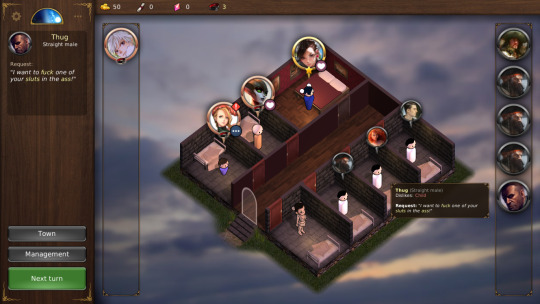
So what does this mean for House Dominae? Well, I haven’t implemented any of my ideas yet, but I’m strongly considering having some kind of archetypal matching between customers and slaves.
One possibility is that customers arrive with a very obvious requirement, like “I want a girl with Beauty 5 or higher”. The old me would cringe at that, but I believe that is much more easier for the player to reason with. They can immediately find a compatible match, and make additional considerations if they choose to. Or if they don’t have a suitable slave that can potentially create a new short-term goal.
Was this interesting? Let me know. More updates soon.

